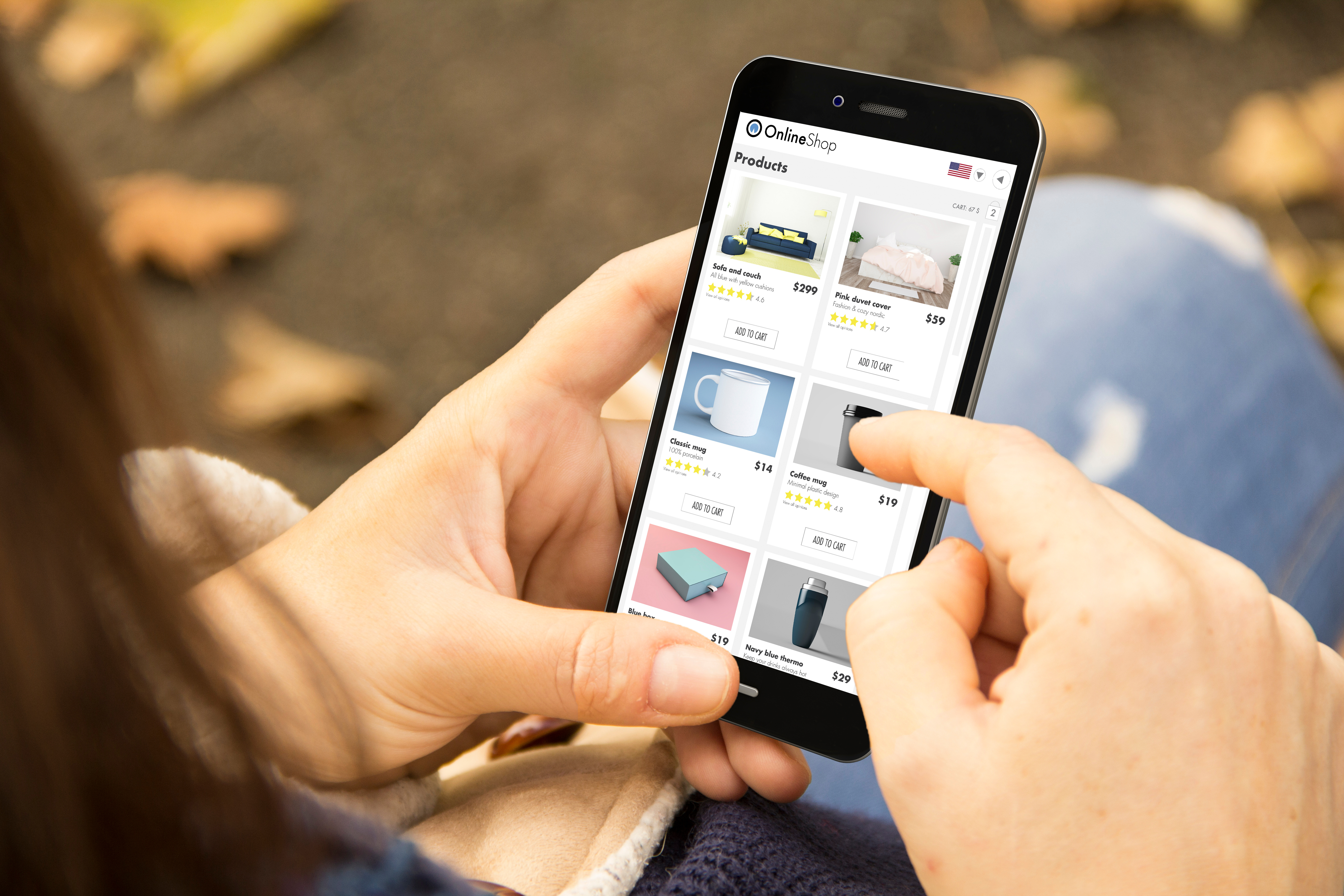Mobile commerce has completely changed how we buy and sell as a result of the introduction of new, digital platforms in the market. For the health of your supply chain and to stay on top of the latest ecommerce trends, it's imperative to keep up with the most recent data and trends in mobile commerce. We'll look at some important mobile commerce numbers and trends in this blog article.
1. Explosive Growth in Mobile Purchasing
As smartphones and applications proliferate, mobile purchasing has exponentially grown. Mobile ecommerce sales are estimated to hit $2.2 trillion in 2023 and account for 60% of all global ecommerce sales, according to Statista. Understanding this trend is crucial for ecommerce merchants and retailers as it shows how critical supply chain optimization is for effective mobile order fulfillment.
2. Rise of Mobile Payment Options
Mobile payment options have become increasingly popular, including digital wallets and contactless payment options. The ease of use and security that these technologies provide have changed how consumers behave. Approximately 76% of American survey respondents say they have made purchases using a smartphone. To improve your customers’ shopping experience, you should think about offering simple payment choices.
3. The Significance of Mobile-friendly Websites
Having a responsive and user-friendly mobile website is now essential rather than just a choice. Over 53% of online shoppers abandon a website if it takes longer than three seconds to load. Mobile optimization influences your website's search engine ranking in addition to ensuring a seamless buying experience. Make sure your website is adequately optimized for mobile consumers to provide a comprehensive omnichannel selling experience for your customers!
4. The Role of Social Media in Ecommerce
Social media networks are evolving into powerful sales channels by adding shopping features. In 2022, it was predicted that social media platforms would generate $992 billion in global sales. According to projections, social commerce sales will be worth almost $2.9 trillion by 2026. This trend highlights the significance of establishing a sound social commerce strategy. With your fulfillment partner, including any third-party logistics (3PL) services you use, you can choose the most effective way to fulfill orders that come through social media sources.
5. Virtual Reality (VR) and Augmented Reality (AR) in Retail
Customers can try things virtually before making a purchase using virtual and augmented reality, changing the buying experience. This trend is growing in popularity, especially in the furniture and fashion industries. More than 90% of Americans either now use augmented reality (AR) for shopping or would consider doing so, and 43–47% of smartphone shoppers expect all automobile and beauty brands to use it. You might need to adjust your supply chain practices to prepare for a potential increase in product returns brought on by virtual try-ons.
6. AI-Powered Recommendations and Personalization
Personalized experiences are increasingly driving mobile commerce. Recommendation engines powered by AI examine consumer data to provide personalized product recommendations, increasing conversion rates. McKinsey estimates that product recommendations based on algorithms account for 35% of consumer purchases on Amazon. With the help of this tailored advice, plan your fulfillment strategy to make sure that your inventory management can adapt to changes in demand.
7. Subscription-based M-Commerce
In the area of mobile commerce, subscription business models are gaining popularity. Subscription services are now offered by businesses for everything from meal kits to cosmetics. Subscription ecommerce is anticipated to produce more than $38 billion in sales by the end of 2023, which is more than twice what was reported in 2019. This trend highlights the value of designing a flexible supply chain that can efficiently handle recurring shipments.
Mobile Commerce Conclusion
It's critical to keep up with the latest information and developments in mobile commerce. The dynamic nature of m-commerce requires proactive adjustments to your supply chain strategies. Understanding these trends can help you collaborate effectively with your fulfillment partners, including 3PL providers, to ensure efficient order fulfillment, optimize client experiences, and promote the expansion of mobile commerce.
For more ecommerce statistics, industry trends, and best practices, subscribe to our blog above!
-
You’ll read about:
Be the first to know
Subscribe to our newsletter





